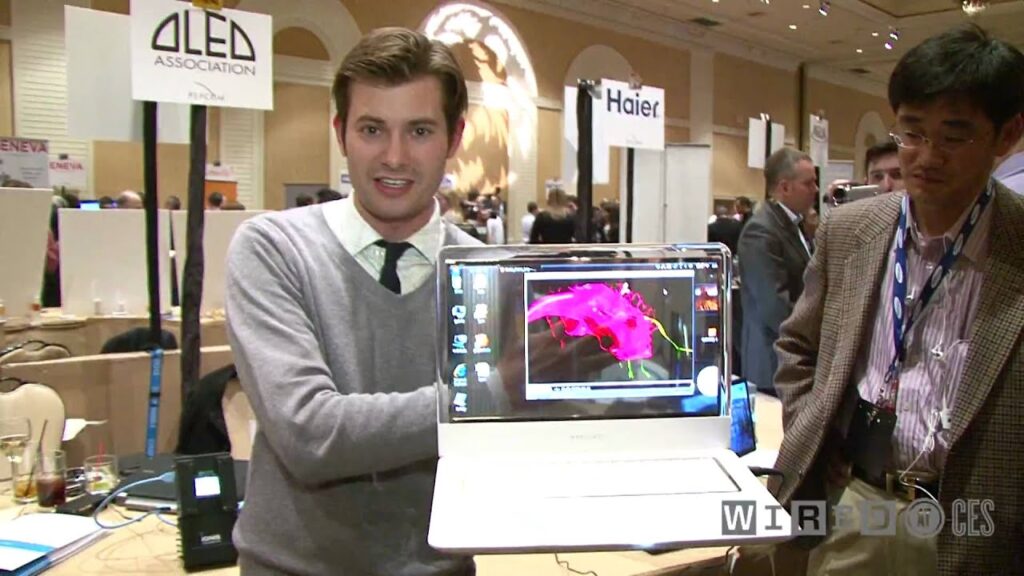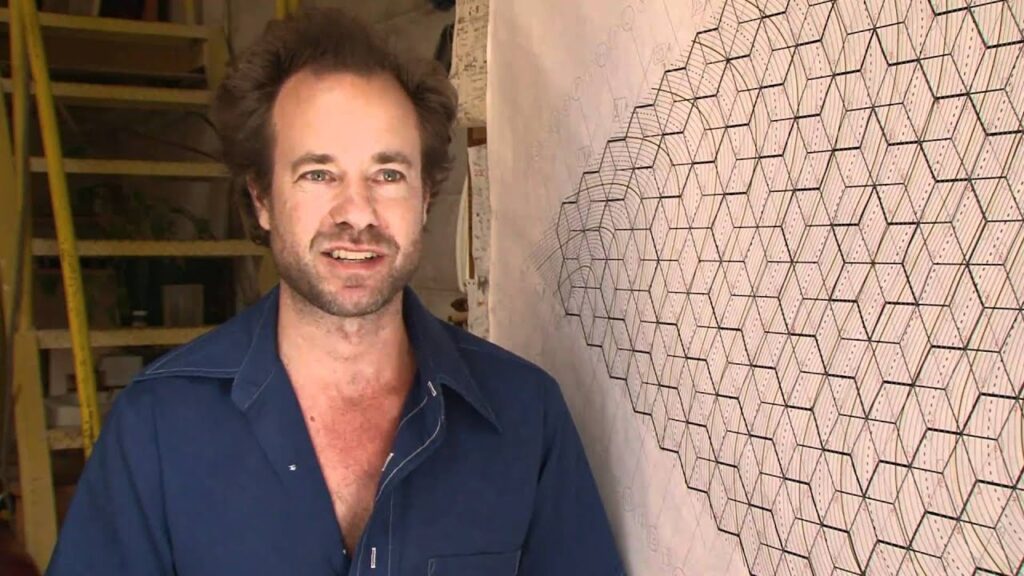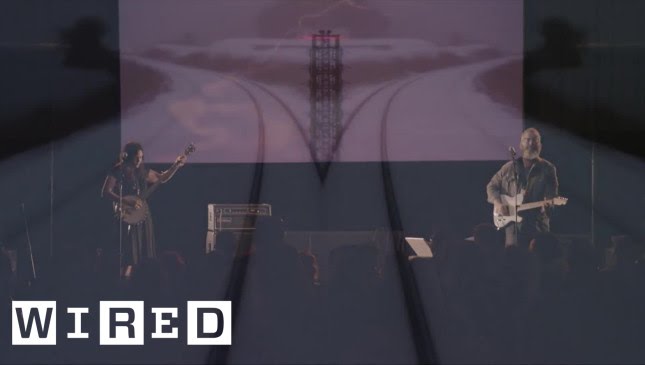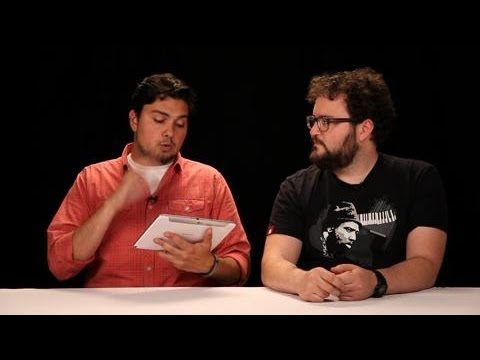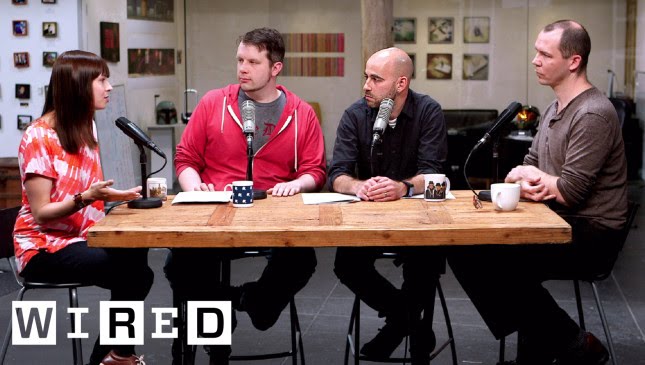Artificial Intelligence in Visual Effects: Revolutionizing the Entertainment Industry
Summary
In this article, we explore the impact of artificial intelligence (AI) on the entertainment industry, particularly in visual effects. We discuss how AI is being used to create previously unimaginable moments in film and television, as well as tackle time-consuming and uncreative tasks. We also highlight a major example of AI’s extensive use in generating audio for a film featuring the late artist Andy Warhol. Finally, we address the potential for misuse of AI technology and the importance of embracing its potential.
Table of Contents
- AI in Visual Effects: Creating Unimaginable Moments
- AI in Visual Effects: Tackling Time-Consuming and Uncreative Tasks
- AI in Film Audio: Reproducing Andy Warhol’s Voice
- AI in Visual Effects: Capturing Facial Expressions for Advanced 3D VFX
- Embracing the Potential of AI in the Creative Industry
AI in Visual Effects: Creating Unimaginable Moments
AI is revolutionizing the entertainment industry, particularly in the creation of visual effects. With AI integrated into workflows, filmmakers can create previously unimaginable moments in film and television. AI is especially impactful in doing things that human beings cannot do, like raising the dead or getting Andy Warhol to say something in a particular way. AI is helping Hollywood meet the rising demand for premium content rich in visual effects, despite budget and time constraints.
AI in Visual Effects: Tackling Time-Consuming and Uncreative Tasks
AI is also being used to tackle time-consuming and uncreative tasks like denoising, rotoscoping, and motion capture tracking removal. AI is being used to remove tracking markers and replace or partially replace a character’s head, saving time and money. However, AI still faces challenges, such as reappearing dots in motion blur or when a character’s eyes are out of the screen. These challenges can be addressed with more data.
AI in Film Audio: Reproducing Andy Warhol’s Voice
One major example of AI’s extensive use is in generating audio for a film featuring the late artist Andy Warhol. The team behind the project used generative audio to reproduce Warhol’s voice, style, and tone by analyzing three minutes of audio recordings from the 70s. The AI algorithm was able to extrapolate and figure out how Warhol would say words that were not in the available data. The team also used style transfer to extract certain features from a voiceover actor’s delivery and apply them to Warhol’s synthetic voice. This project showcases the potential of AI technology in generating audio for film.
AI in Visual Effects: Capturing Facial Expressions for Advanced 3D VFX
AI technology is also being used to capture facial expressions for advanced 3D VFX in films like Avengers Endgame. Lightweight head cameras worn by actors capture their expressions and movements for later use by animators. This technology allows for more realistic and nuanced performances in visual effects.
Embracing the Potential of AI in the Creative Industry
While AI technology is still used for touch-ups, it is becoming increasingly capable of creative tasks. However, the speaker emphasizes that AI will not replace human creativity. Instead, it will allow for more time and resources to be spent on meaningful and creative tasks. The speaker acknowledges the potential for misuse of AI technology, but believes that education and awareness can help prevent it. Embracing the potential of AI in the creative industry can lead to groundbreaking and innovative works of art.
Conclusion
AI technology is revolutionizing the entertainment industry, particularly in visual effects. Its impact can be seen in the creation of previously unimaginable moments in film and television, as well as the tackling of time-consuming and uncreative tasks. AI is also being used to generate audio for film and capture facial expressions for advanced 3D VFX. While AI technology is becoming increasingly capable of creative tasks, it will not replace human creativity. Instead, it will allow for more time and resources to be spent on meaningful and creative tasks. It is important to embrace the potential of AI in the creative industry while also being aware of its potential for misuse.
